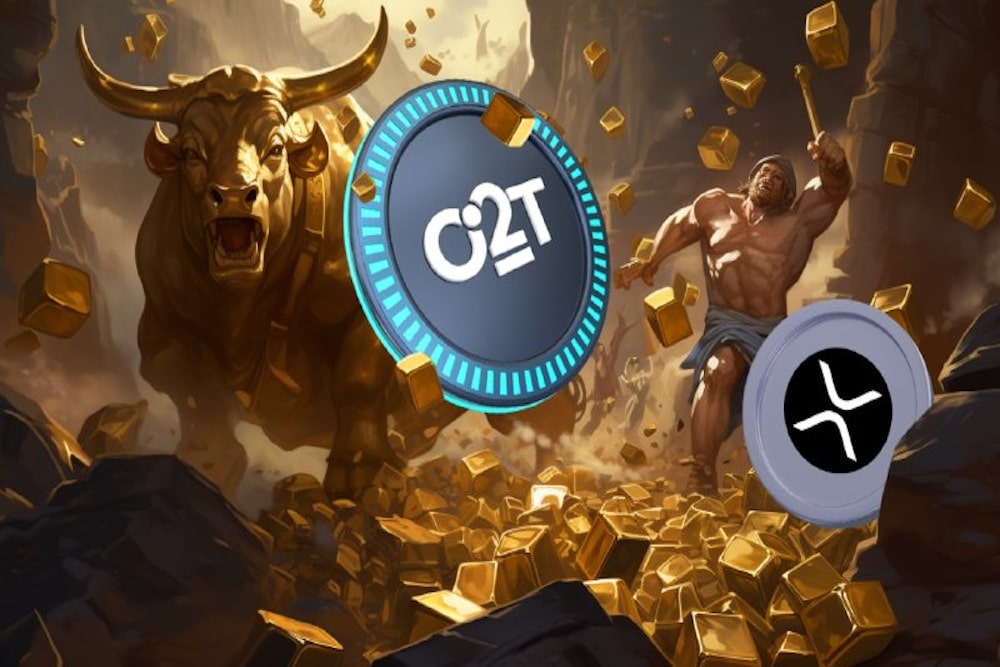As the price of Bitcoin looks almost certain to reach a new all-time high soon, evidence continues to abound that the recent growth isn’t fueled by retail investors as was the case in 2017.
Anyone who tried to transact with Bitcoin (BTC) at the peak of the last all-time high had to settle with either ridiculously high transaction fees or waiting for several days for a single transaction confirmation. The Bitcoin mempool was clogged at there was almost nothing anyone could do about it.
Fast forward to the present, the price of Bitcoin is back where it was in late 2017 ($19,276), and yet fees are still user-friendly and transaction times are still settling within a few seconds and hours at most.
Did the Bitcoin network suddenly become efficient?
These Three (3) Charts Suggests Bitcoin’s Bullish Run is Organic
An easier way to understand what is going on is by comparing current on-chain transaction metrics to what it was at the tip of the 2017 all-time high.
Mempool Transaction Count
The Bitcoin memory pool (mempool) can be understood to be the waiting room for unconfirmed transactions. In the days leading up to the 2017 ATH, the Bitcoin mempool was significantly clogged with some 180,000 unconfirmed transactions setting the record for the network’s most busy period.

Although a similar situation played out within late October and early November this year, the situation was more closely linked traced to a loss of hash power, instead of the network having too many transactions to settle. The mempool has cleared up since then and is averaging a healthy 30,000 unconfirmed transactions daily.
So, despite Bitcoin’s latest spike, the network has had fewer transactions to settle, unlike what led to the fee spike in 2017.
Average Confirmation Time
Fewer transactions in the mempool certainly mean faster confirmations. But how do the current numbers compare to 2017?

As the above chart shows, the average confirmation time for a Bitcoin transaction today is roughly 81 minutes. But that number peaked to as high as 11,440 minutes (appr. 8 days) during the 2017 ATH, as many users were desperate to get their transactions confirmed.
But it appears at this time, that there is relative calm, and fewer investors heading for the exits despite bitcoin trading above $19,000.
Lastly.
Fees Per Transaction
A common argument against Bitcoin’s feasibility as a medium of exchange is that transaction fees are high. As the chart below reveals, a price increase usually increased the average USD cost of a Bitcoin transaction. The last two mini-bull markets in June 2019 and the 2020 halving event are good examples of such occasions.
But the current wave is significantly different from what happened in 2017.

At the tip of the previous all-time high, the average USD cost of a bitcoin transaction was $54.73. Compared to today’s figure at $4.91, one might argue once again that fewer users are heading for the exits and that a new all-time high for the average USD cost of a bitcoin transaction isn’t imminent.
Of course, the dynamic nature of the Bitcoin market means that these numbers can change suddenly.
However, it does suggest that the current crop of Bitcoin investors differ from the 2017 retail crowd, or perhaps that their perception of an ideal exit price has changed significantly.
- Crypto Price Update July 24: BTC Maintains $66K, ETH at $3.4K, XRP, TON, and ADA Rallies
- Bitcoin Falls to $65K as Mt. Gox Transfers $2.8 Billion BTC to External Wallet
- News of Marathon Digital’s $138 Million Fine for Breach of Non-Disclosure Agreement Triggers a Bearish 2.5% of Its MARA Stock
- Are $530M Bitcoin ETF Inflows a Blessing or Caution?
- Metaplanet Teams with Hoseki for Real-Time Bitcoin Holdings Verification
- Building Secure Blockchain Systems: An Exclusive Interview with ARPA and Bella Protocol CEO Felix Xu
- Building The “De-Facto Crypto Trading Terminal”: An Exclusive Interview with Aurox CEO Giorgi Khazaradze
- Building a New Global Financial System: An Exclusive Interview With Tyler Wallace, Analytics Head at TrustToken
- “Solana is the Promised Land for Blockchain” — An Exclusive Interview with Solend Founder Rooter
- El Salvador: Where The Bitcoin Revolution Begins With A Legal Tender

 Why Trust Us
Why Trust Us







